FANTASIA Nº2 PARA DOS SAXOFONES. “CAVATINA” FANTASIA SOBRE MOTIVOS DE LA CAVATINA DE SOPRANO DE MAX. MARCHAL – Juna Carlos y Más (Arr. Francisco Rusillo Márquez)
2.90€4.90€ IVA incl (-41%)
- AUTHOR/ARRANGER: FRANCISCO RUSILLO MÁRQUEZ
- ISMN: 979-0-805447-39-1
- LEGAL DEPOSIT: M-35010-2023
- PAGES (num): 17
- EDITOR: ADOLPHESAX EDITIONS
- SUPPLEMENTARY MATERIAL : NO
- LANGUAGE: SPANISH
- PAGE FORMAT: A4
- ARCHIVE: PDF
The Complete and Progressive Method for Saxophone and Sarrusophone was published in 1889, dedicated to the music bands of the French, Spanish and Portuguese army. Before its publication, the method was awarded the bronze medal at the Barcelona Universal Exposition of 1888. The copy that has served as the basis for this edition is the one deposited in the National Library of Spain and is publicly accessible.
This pedagogical work for saxophone is the second written in Spain with a similar purpose, since the also Major Musician José María Beltrán had already published in 1871 the Complete Saxophone Method applicable to those of all tones; However, this publication seems like an attempt to provide pedagogical material to the least represented instruments of military bands—among which, without a doubt, was the saxophone—but without delving too deeply into the idiosyncrasies of each one. This will be corroborated by the number of similar methods that they wrote for other instruments such as the flugelhorn, the cornet, the flute and the basso profundo. Therefore, the Marcos y Más method is the first created by a specialist of the instrument, knowledgeable about the characteristics and problems of the nineteenth-century saxophone that had arrived in Spain.
SPECIFICATIONS
| ISMN | 979-0-805447-39-1 |
|---|---|
| LEGAL DEPOSIT | M-35010-2023 |
| PAGES | 17 |
| EDITOR | ADOLPHESAX EDITIONS |
| FORMAT |
THE FANTASIAS
The author defines a fantasy as: “a piece formed with original motifs from some opera that are developed according to the inventiveness of the composer. They are written for specific artists or performed by them themselves, thanks to their deep knowledge of the instrument. Its origin is unknown although it is possibly framed in the 16th century.” Within this genre, according to Marcos y Más, there are four variants:
– Fantasies with variations: composed of an introduction, a main theme, variations on this theme (separated from each other by a Tutti part), a slow tempo and a faster brilliant ending. The theme usually comes from a well-known opera, which highlights its singable nature. Fantasy 4 and Fantasy 6 of the method belong to this genre.
– Original fantasies: with the same structure as the previous form, it differs from this one in the origin of the theme, which is created by the author and not of external origin. This is where Fantasy 5 fits in.
-Fantasies without rules: also known as whims, they stand out for their freedom and creativity to the author’s liking. They do not present variations, but rather different developed themes and ideas, which can take their inspiration from a place, a memory or a person. Fantasy 1, Fantasy 2, Fantasy 3 and Fantasy 7 belong to this type.
– Fantasies as a whim: “with the characteristics of a Fantasy without rules” are built from opera motifs. Finally, we include here Fantasy 8, Fantasy 9 and Fantasy 10.
Vendor Information
- Store Name: FRANCISCO RUSILLO MARQUEZ
- Vendor: Francisco Rusillo Márquez
- No ratings found yet!
-
9.90€ IVA incl
Sonata IV – BWV 1017 (J.S. Bach) (Arr. Enrique Prieto)
9.90€ IVA incl -
9.90€ IVA incl
GUADIANA – María Ramos (Soprano Sax Solo) (PDF Version)
9.90€ IVA incl

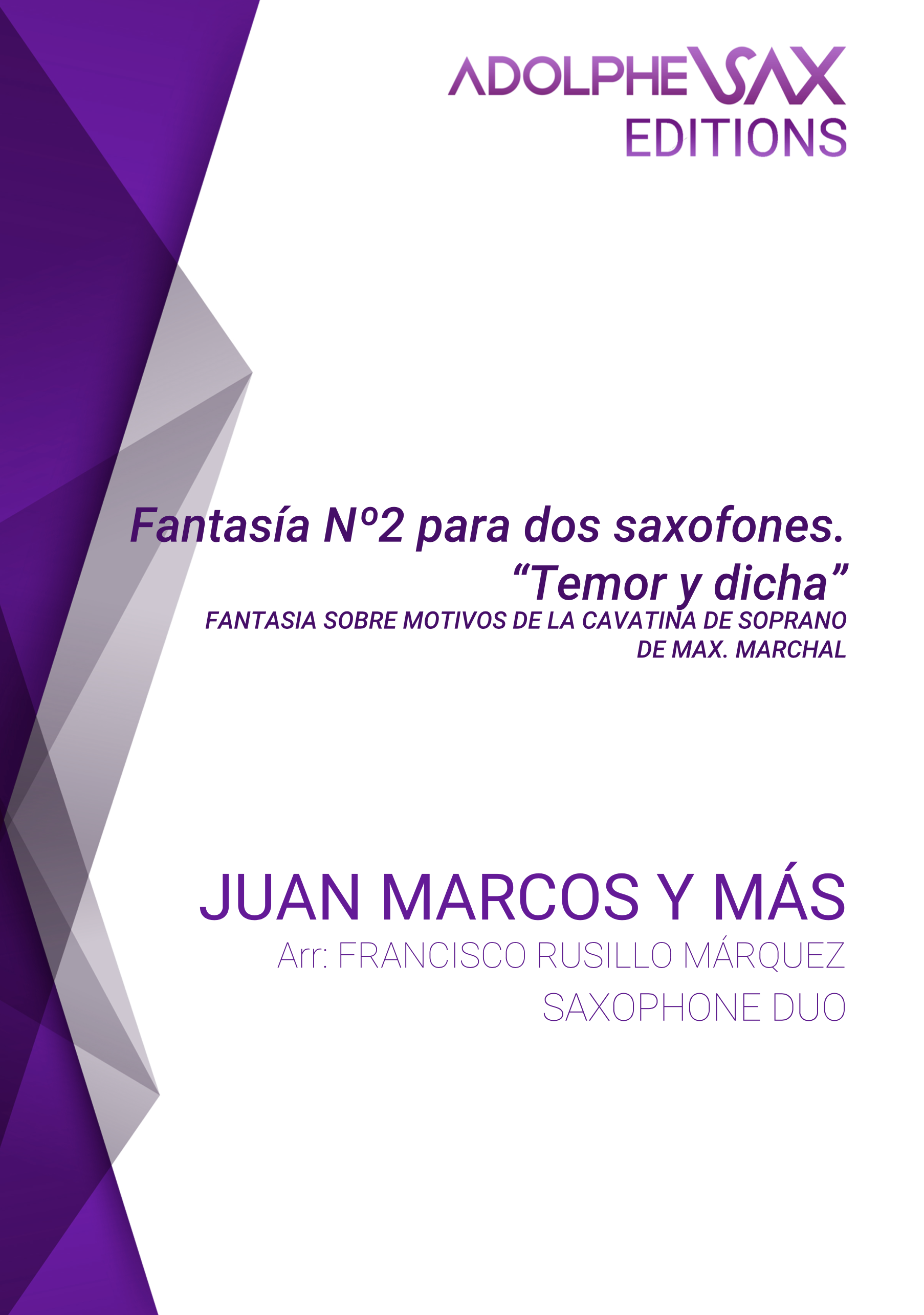
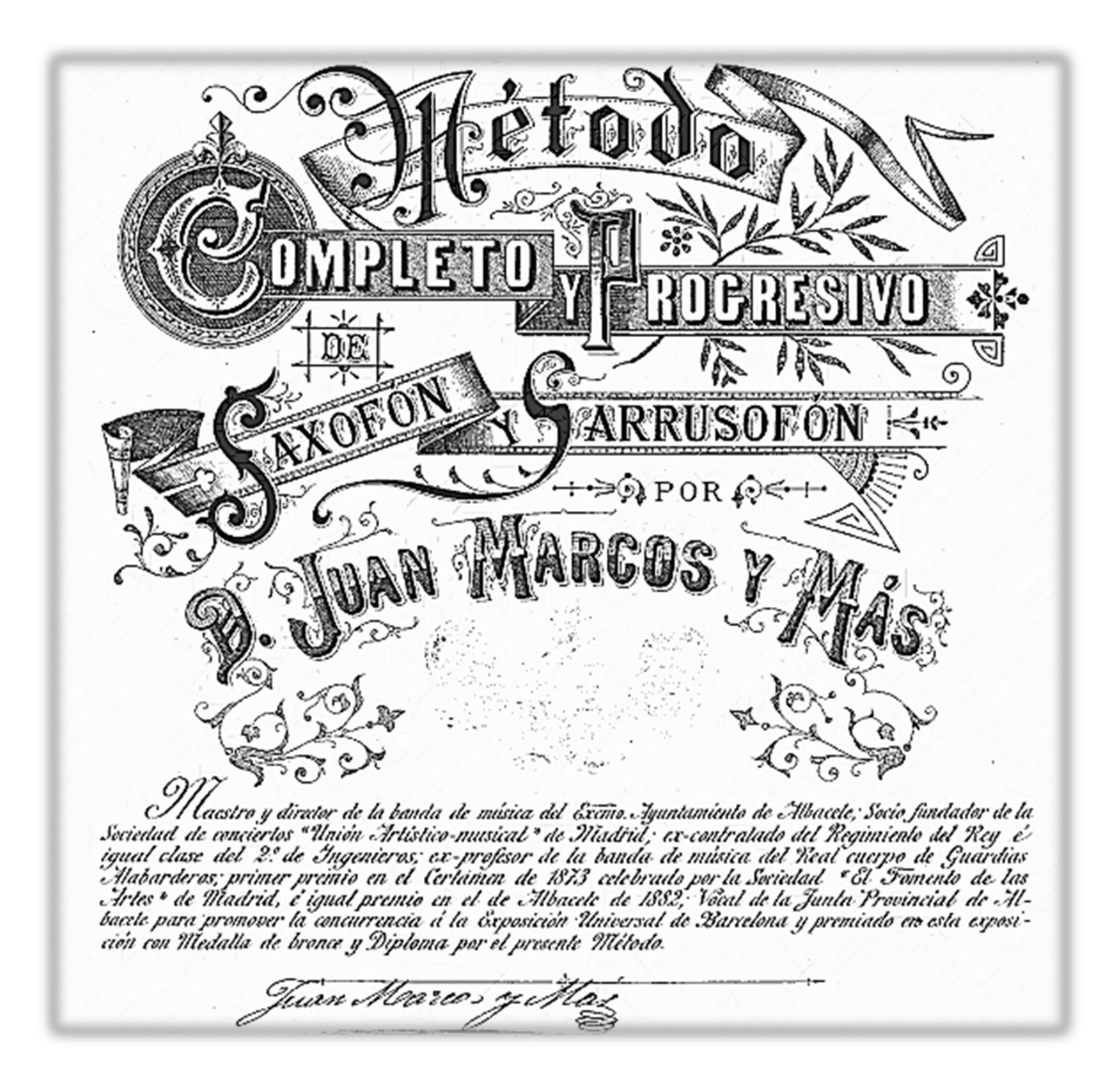

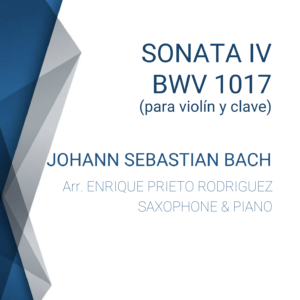

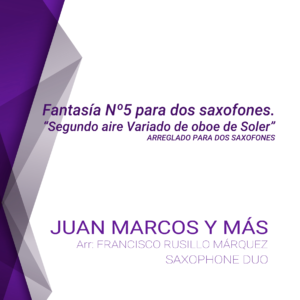
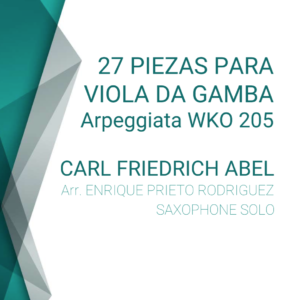


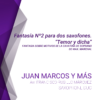
Reviews
There are no reviews yet.